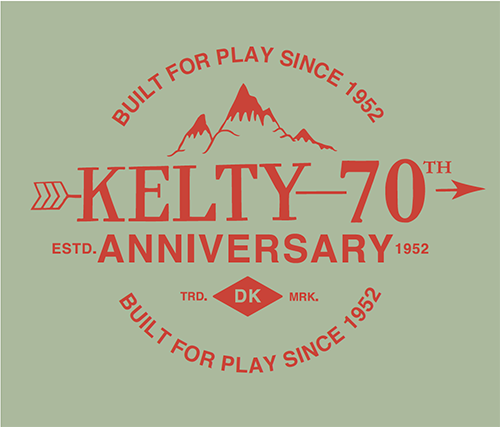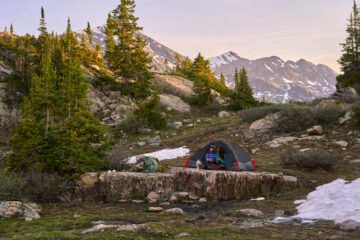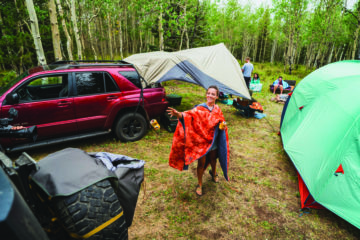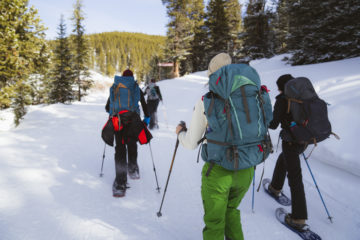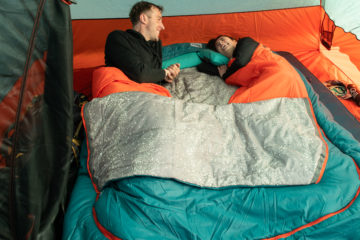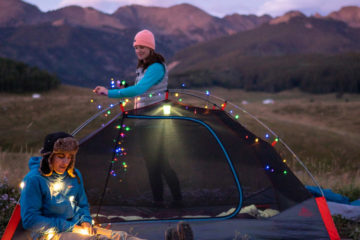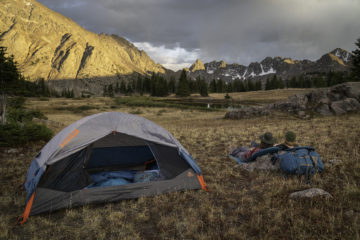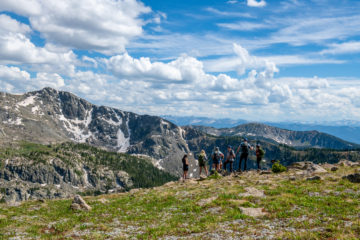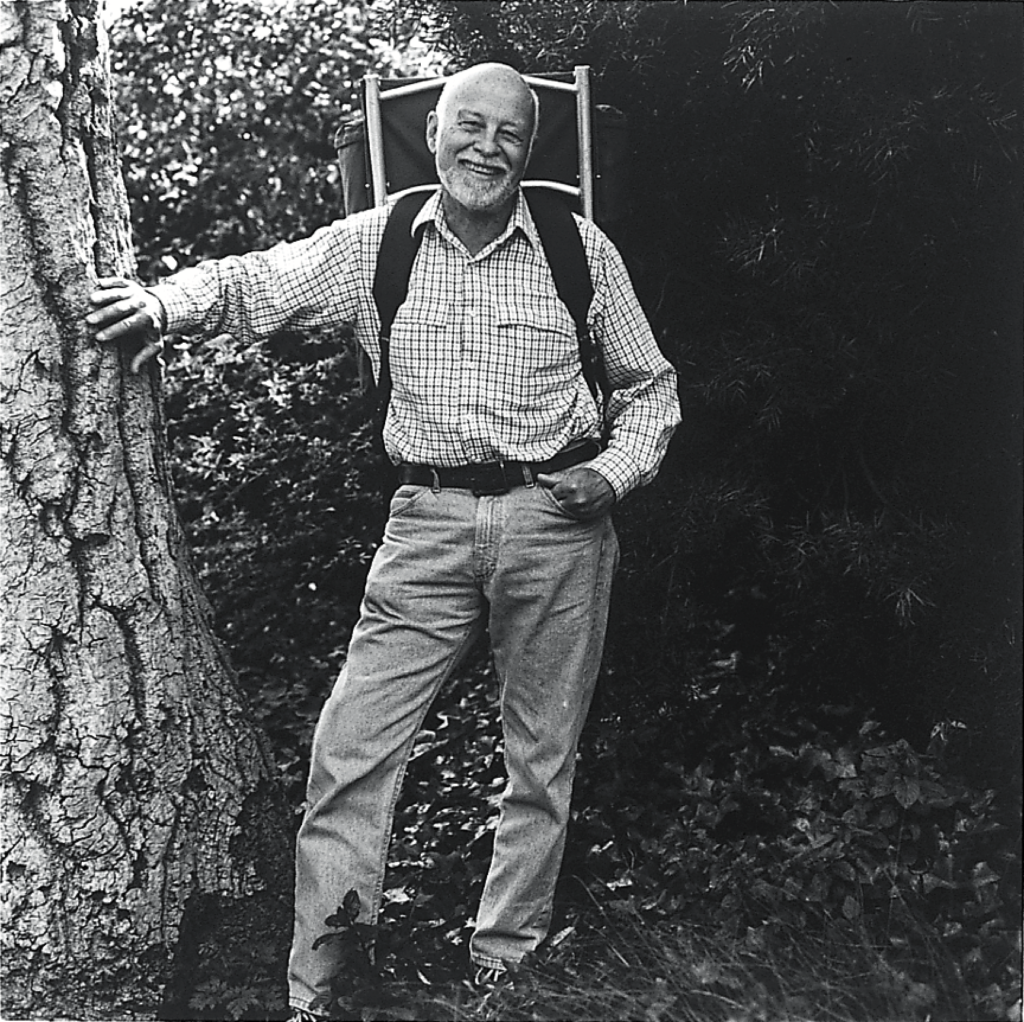
Our Heritage
Dick Kelty made his first backpack in 1933, at 14, to haul blankets and food for overnight hikes with his father in the Sierra’s. While overseas outfitting WWII aircraft, he learned about lightweight aviation materials—and an idea took root and grew. Upon his return to Glendale, California, Kelty set out to build a better pack: lighter, more comfortable, and BUILT FOR PLAY®. Dick’s backpacking friends agreed to test the new pack design, which featured an external frame that helped to distribute weight more evenly. Early feedback was positive, but ultimately it was the organic, iterative process of trail testing that led to Kelty’s biggest innovation.
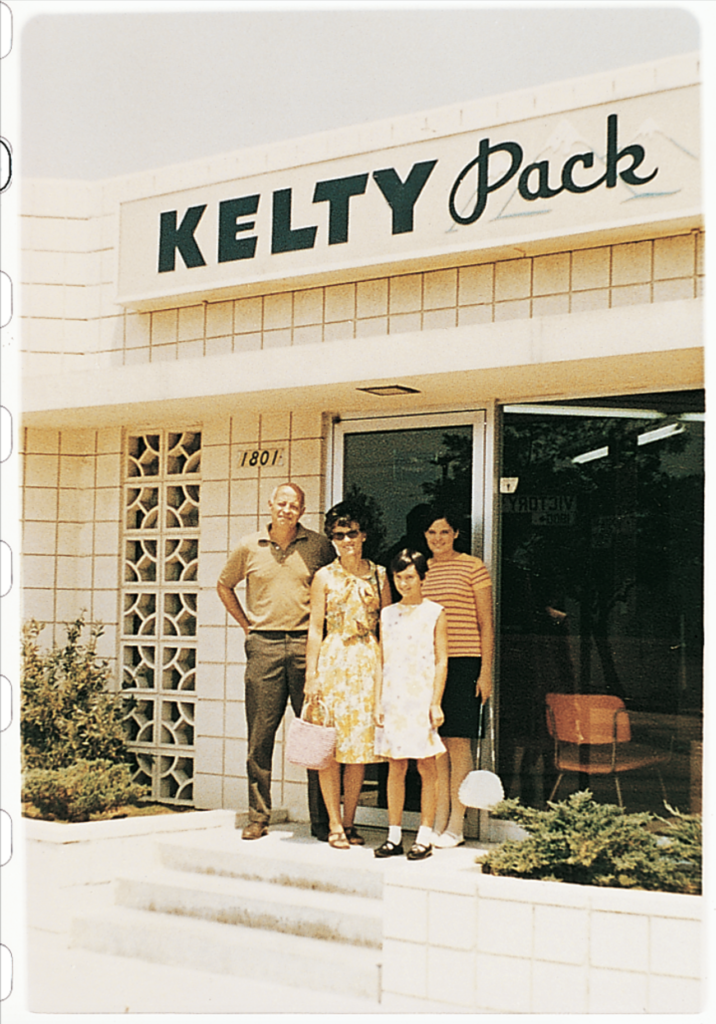
The Kelty Way
During a time when the industry standard was wood and canvas, Dick Kelty lit out for the territory ahead-with stronger, lighter materials like nylon and aluminum, and design innovations like padded shoulder straps and an adjustable waist belt.
“We look at Dick Kelty as the Father of Modern Backpacking.”
-Russ Rowell, Kelty SVP / GM
Hiking in jeans, changing the world
On one particularly grueling hike, a member of the test crew tucked the base of the frame into the back pockets of his jeans, transferring the majority of the load onto his hips—and changing the nascent backpacking industry forever. Kelty’s next pack design, which featured the first simple waist belt, set the standard for backpack designs to this day.
A few years later, after selling a few packs by mail order, Dick used his aviation experience to experiment with materials and construction that would make his packs lighter and more durable, including aluminum and ripstop nylon from military surplus parachutes. He sewed a simple cargo bag with his wife’s Singer, and attached it to the contoured aluminum frame with surplus aircraft rivets secured to a stainless steel rod. Again, Kelty’s innovations quickly reset—and maintained—the industry standard.
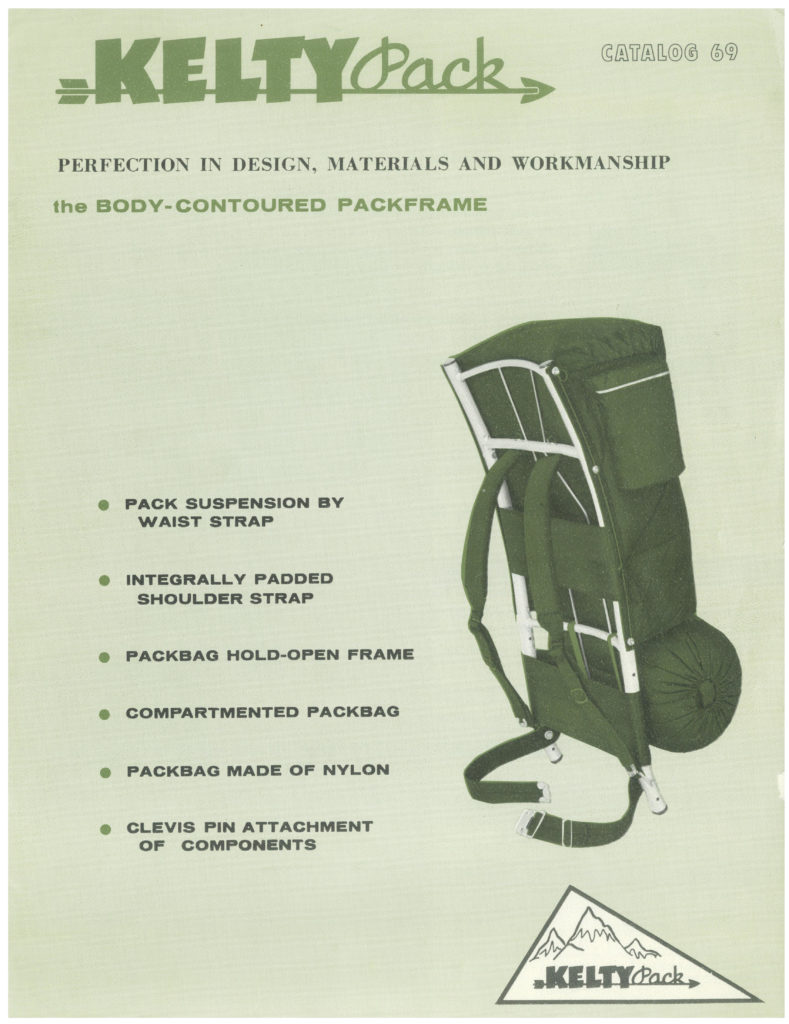
From the Kelty Kitchen to the far corners
Dick spent nights crafting frames in the garage while his wife, Nena, sewed packs in the couple’s tiny kitchen. That first year, 1952, he sold 29 packs for $678.85 gross profit—and an outdoor legend was born. In those early days, Kelty’s only source of advertising was the Sierra Club newsletter—but he quickly learned that this group provided the ultimate trail-testing forum. As he continued to refine and refit his products, Kelty’s conifer-colored packs became the go-to gear for major mountain expeditions (including the American Everest Expedition of 1963) and on stateside trails. “I’ll make a pack in any color you want,” Kelty said, “as long as it’s green.”
After the celebrated National Geographic Expedition to Antarctica in 1969, though, Kelty added bright red packs to his product assortment. He ultimately added sleeping bags, tents, apparel, and more to the mix—in a variety of shades—and the brand gradually evolved into the practical, colorful and durable, Kelty gear we know today.
Check out current kelty product HERE!
